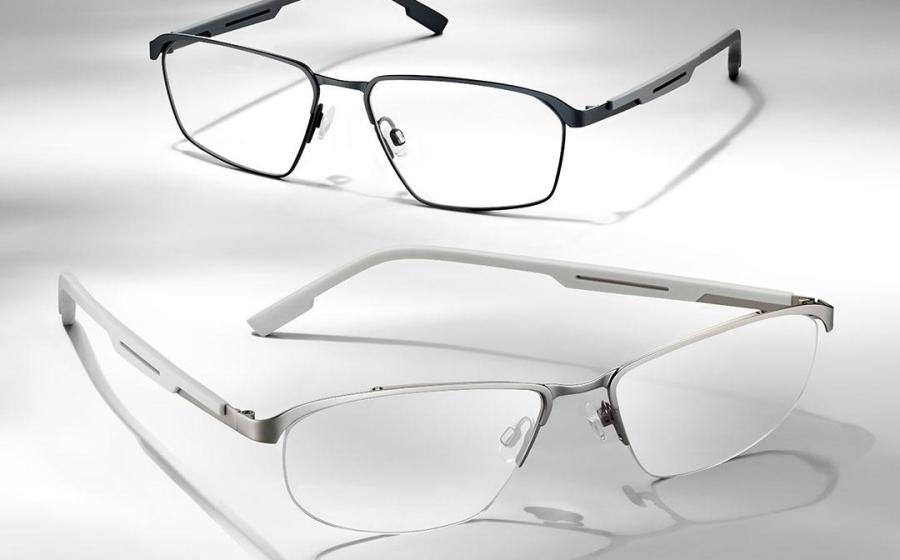Data Shows Driver Risk Trends Affecting Businesses, Fleets and Insurance
(NewsUSA) - Auto insurance costs have risen significantly over the last few years. This can be attributed to several factors, including higher repair costs associated with new vehicle technology, the potential impact of tariffs, and a growing number of incidents involving distracted driving and speeding. One of the keys to curbing the rising cost pressures is accurate data. This knowledge can assist insurers and employers in developing effective risk management strategies.
- Auto insurance costs have risen significantly over the last few years. This can be attributed to several factors, including higher repair costs associated with new vehicle technology, the potential impact of tariffs, and a growing number of incidents involving distracted driving and speeding. One of the keys to curbing the rising cost pressures is accurate data. This knowledge can assist insurers and employers in developing effective risk management strategies.
To help organizations understand the driving factors, SambaSafety, the leading provider of cloud-based driver risk management solutions, has issued its 2025 Driver Risk Report: Current Trends Shaping Roadway Safety.
The report’s findings can help everyone, including employers, insurers, and brokers, identify the root causes of dangerous driving risk. This information can help address the underlying issues and improve safety. This year’s report delivers insight into the behavioral trends behind crashes and claims, exploring the distinctions between age groups, fleet sizes, and industry segments.
“Risk isn’t random — it’s behavioral, and overwhelmingly predictable,” said Matt Scheuing, chief executive officer at SambaSafety. “The volatility in commercial auto insurance reflects the systemic risk that builds when unsafe behaviors go unaddressed. The opportunity for real improvement starts upstream, with better visibility, targeted intervention, and sustained behavior change.”
Drawing on SambaSafety’s extensive network of telematics integrations, court connections, motor vehicle records, and Compliance, Safety, and Accountability (CSA) data, the report’s key findings include:
- An 11.1% year-over-year increase in auto premiums, with vehicle complexity, nuclear verdicts and dangerous driving behavior as contributing factors.
- An increase in speed violations, which now make up nearly 40% of major driving violations in the United States.
- A violation rate of 30.3% in the Southeast.
- South Carolina increased nearly 4 percentage points over the prior year and had the highest violation rate nationwide at 50.3%.
- A violation rate of 62.7% among younger drivers (ages 18-30 years) in South Carolina, 90% of which were for speeding.
- Violation rates for monitored fleets across Construction, Government and Transportation and Logistics were more than 15 percentage points lower than the overall population, proving the effectiveness of proactive risk management.
- The report examines the impact of these trends on different aspects of driver risk management, including rising insurance premiums, hiring and retention trends, and regulatory compliance, and offers a comprehensive assessment of the factors shaping driver risk and safety.
The 2025 Driver Risk Report: Current Trends Shaping Roadway Risk is available for download. For more information and to access the report, visit SambaSafety.com.


 - Recent news has raised concerns about the safety of items that may be in your kitchen, including plastic utensils and nonstick cookware (commonly made with Teflon).
- Recent news has raised concerns about the safety of items that may be in your kitchen, including plastic utensils and nonstick cookware (commonly made with Teflon). - Auto insurance costs have risen significantly over the last few years. This can be attributed to several factors, including higher repair costs associated with new vehicle technology, the potential impact of tariffs, and a growing number of incidents involving distracted driving and speeding. One of the keys to curbing the rising cost pressures is accurate data. This knowledge can assist insurers and employers in developing effective risk management strategies.
- Auto insurance costs have risen significantly over the last few years. This can be attributed to several factors, including higher repair costs associated with new vehicle technology, the potential impact of tariffs, and a growing number of incidents involving distracted driving and speeding. One of the keys to curbing the rising cost pressures is accurate data. This knowledge can assist insurers and employers in developing effective risk management strategies. - Storm seasons are getting stronger, longer, and more unpredictable. Whether it’s a thunderstorm knocking out neighborhood power lines, a tornado carving through a region, or a major hurricane threatening the coast, extreme weather can leave millions of Americans in the dark with little warning.
- Storm seasons are getting stronger, longer, and more unpredictable. Whether it’s a thunderstorm knocking out neighborhood power lines, a tornado carving through a region, or a major hurricane threatening the coast, extreme weather can leave millions of Americans in the dark with little warning. - More than two-thirds of U.S. adults say they would rather file their taxes than get a colonoscopy, according to data from a new survey commissioned by the
- More than two-thirds of U.S. adults say they would rather file their taxes than get a colonoscopy, according to data from a new survey commissioned by the 
 - Historically, athletic eyewear was mostly relegated to high-impact sports—goggles for the slopes, wraparounds and shields for cycling, or protective frames for basketball. In today’s performance-driven world, it’s no longer just about function or fashion—it’s about both. As the eyewear industry continues to evolve, optical frames are being designed with movement in mind, catering not only to elite athletes but to anyone living an active, on-the-go lifestyle. More brands, like
- Historically, athletic eyewear was mostly relegated to high-impact sports—goggles for the slopes, wraparounds and shields for cycling, or protective frames for basketball. In today’s performance-driven world, it’s no longer just about function or fashion—it’s about both. As the eyewear industry continues to evolve, optical frames are being designed with movement in mind, catering not only to elite athletes but to anyone living an active, on-the-go lifestyle. More brands, like 